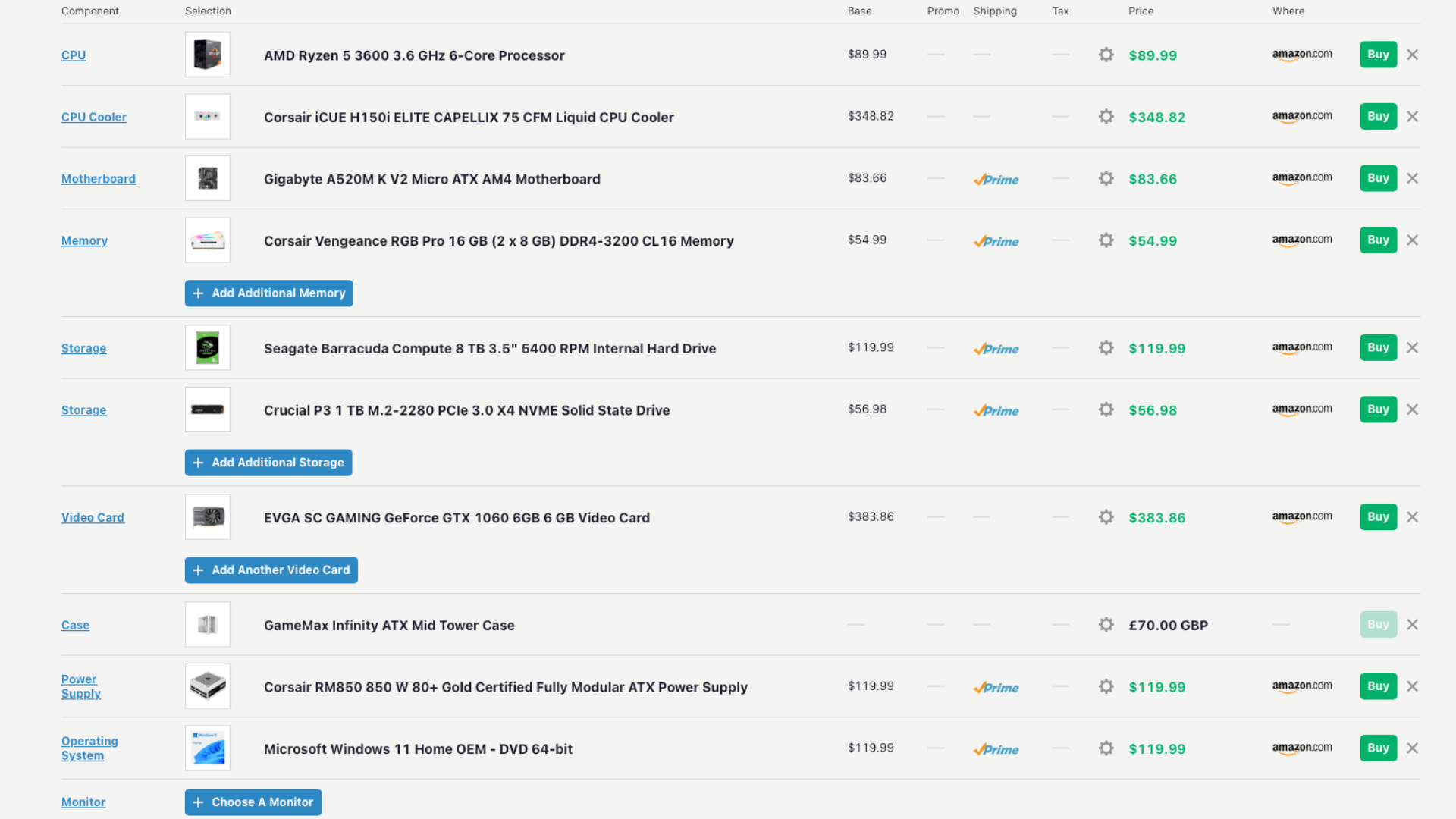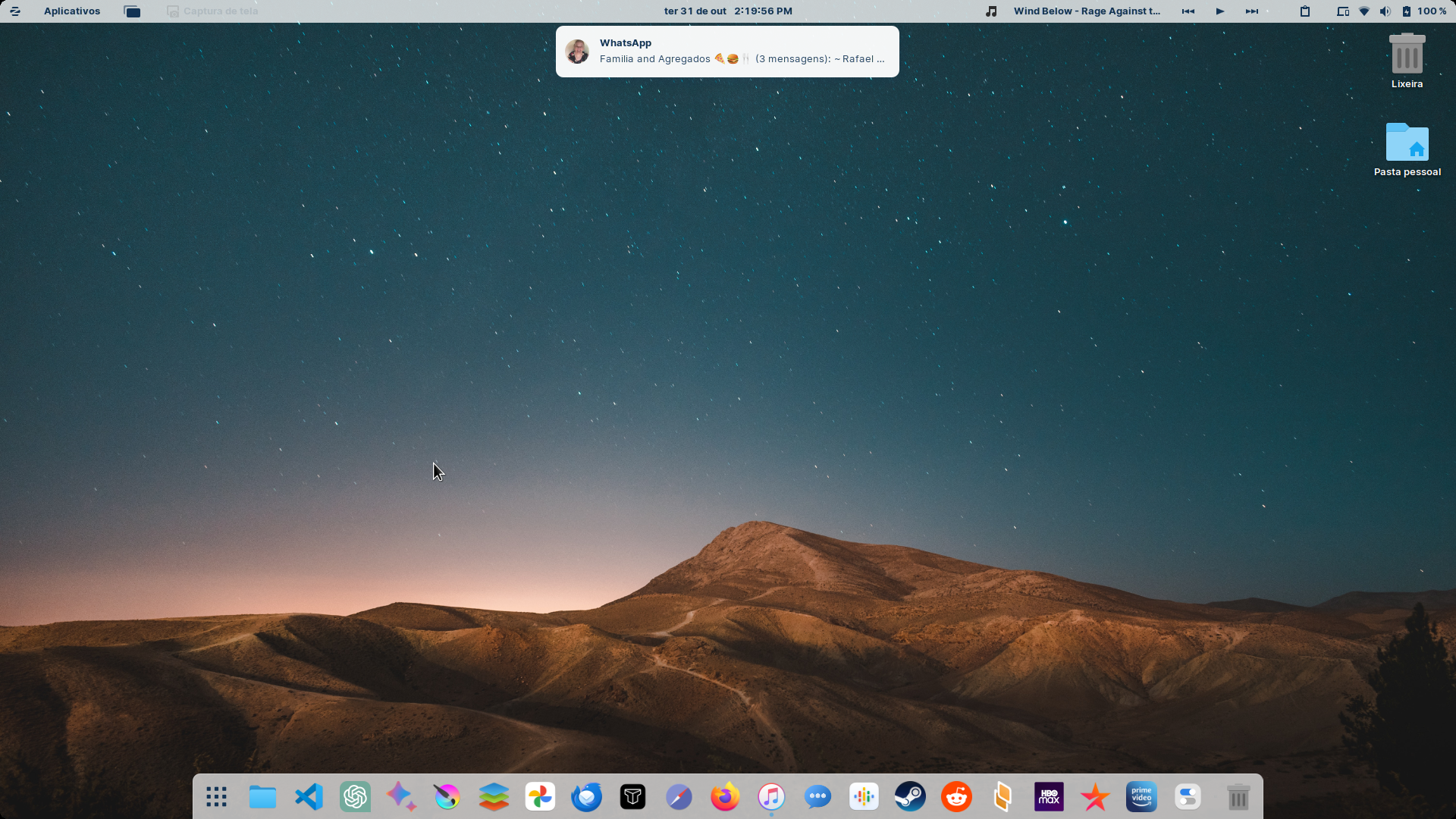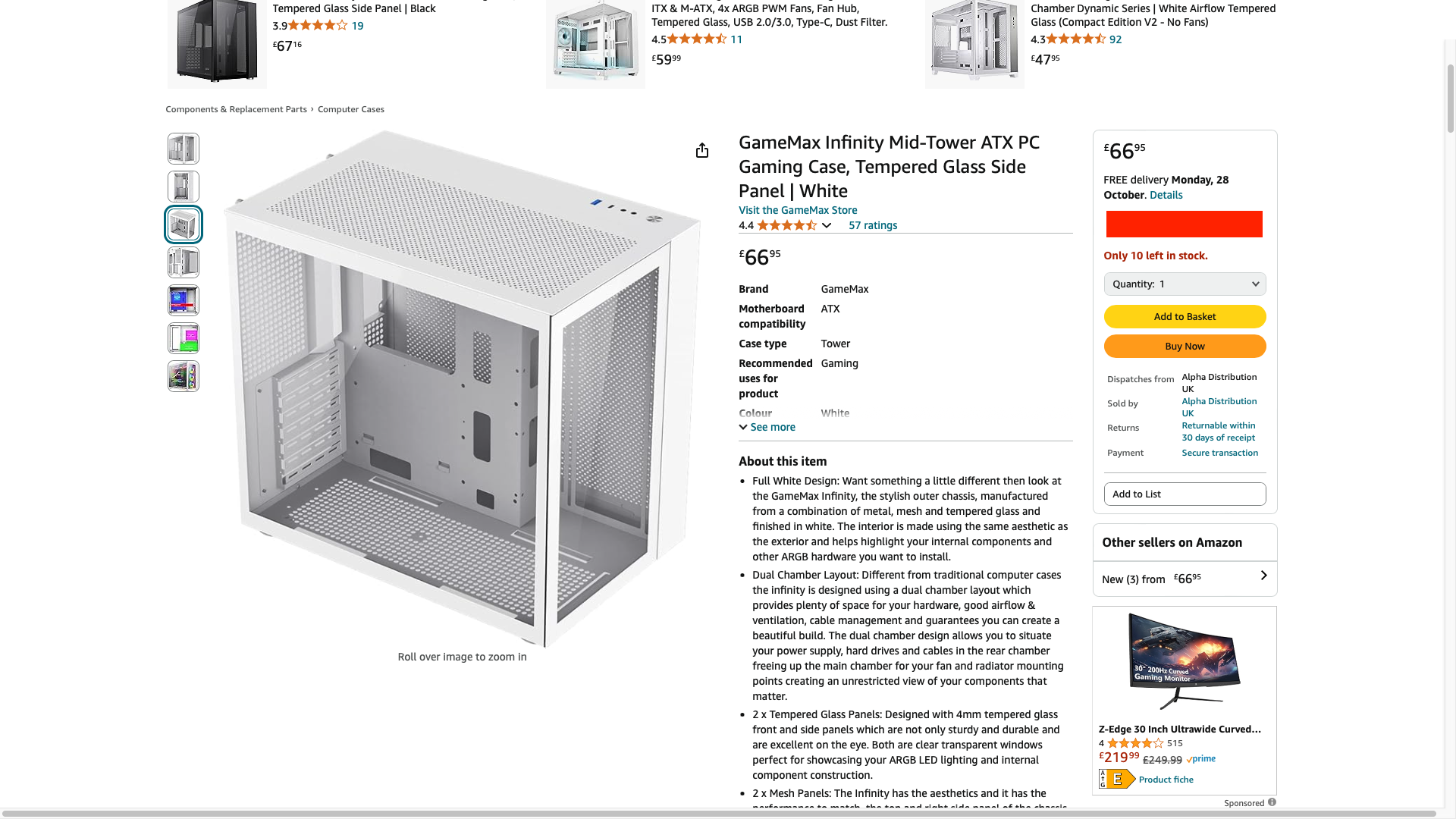Let's Build a Recovery Gaming PC! - Replacement Desktop Build

On the 5th of June, my custom-built desktop with a Ryzen 5 3600G and 1060 Ti ran into a few technical difficulties. These were primarily due to the drives and, overall, just poor maintenance on my part. As this was the first full desktop I’d built myself, there were a few problems that were waiting to bite me. This was only the beginning.
On one of my drives, Windows had corrupted itself. Rather than attempting to fix the corruption and buy another licence, I thought I’d switch to the dark side—Linux. I ended up picking Linux Mint as my first choice; however, I didn’t stick with it.
I found myself scratching my head and asking, “Is this it?” in response to Linux Mint. So, I switched to something a little more exciting in my eyes: ZorinOS. I had heard positive things about ZorinOS as it’s based on Ubuntu and heavily endorsed by Linus Sebastian from Linus Tech Tips.

ZorinOS was definitely the distribution for me at the time. However, as time progressed, I found myself wanting to do more with my computer. Previously, I stuck to programming and content consumption on that desktop. However, due to the specs, I thought I’d put it to better use.
That said, ZorinOS’s gaming compatibility has declined significantly over the past few months. This is primarily due to Steam Proton not being as well-optimised as it could be, but also because Zorin itself just isn’t well-optimised—at least, not to a standard I’d consider acceptable.
I went from being able to run Grand Theft Auto and The Sims 4 on the highest settings with no problems whatsoever. Sure, it took its time to launch, but it worked. However, over time, that became less and less true.
Grand Theft Auto was the first game to break. The game became incredibly sluggish and unable to get past the loading screen, which is quite infuriating. There’s nothing worse than a broken game that you can’t leave.

The Sims 4 shortly followed the same pattern. This made me realise it wasn’t a hardware problem; it was an optimization issue with both Steam Proton and the distribution. So, I had to find a solution. As I’ve installed many distributions in the past, I assumed that it would be easy to install Windows again. However, that wasn’t the case at all.
For starters, I took the side off my case to unscrew my SSD, in order to prevent it from booting into ZorinOS, as it has a tendency to do so, even after entering the BIOS. This, in hindsight, was a bad decision.
With a bit of research, I definitely could have found a way around this that would have left me with a functioning desktop. However, I was naïve and assumed it was the only solution. Rather than showing any boot screen or anything, I was left with no display output.
This leads me to believe that I either touched something while swapping out the M.2 SSD or something happened with the motherboard. What left me in a state of confusion was how the computer was still powered on, yet I got no display output and no response from ZorinOS or their companion app. (At this point, I had reinstalled the M.2 SSD).
I immediately suspected either display or motherboard issues. I switched my HDMI cable between my 1060 graphics card and the motherboard’s HDMI port, but neither provided a functional output. This led me to assume that it was a motherboard failure.
If the graphics card had failed, I’d expect the motherboard HDMI port to be functional, but it wasn’t. So, this has led me to build a new computer. I’ve been tempted to play The Sims 4 recently and have had to resort to playing it on my MacBook, which is less than ideal.
Let’s start off with what we’re buying and what we’re keeping. We’ll be keeping the CPU, RAM, SSD, and of course, the coolers. I recently came across the “GameMax Infinity Mid-Tower ATX” case, which attempts to replicate the well-known Lian Li 011 Dynamic style at a fraction of the price.
Coming from a relatively average-sized case, I think this one will look really good on my desk. It’s such a showcase PC, and as a gamer who’s spent too much money on RGB components, I think it’s a good decision.

For motherboards, I’m leaning towards the Gigabyte A520M K V2, as it’s only £47 on Amazon. Asus motherboards have been incredibly enjoyable to use, but they’ve been on a steady decline ever since I bought one, and I’ve only heard good things about Gigabyte.
As we’re salvaging the majority of the parts from my previous computer, this technically means the build falls under £250. However, in the future, we’ll be updating the storage and RAM to accommodate the intense video and audio work I’ll be doing for my coursework.
We’ll be going from 16GB of Corsair Vengeance DDR4 RAM to 32GB of DDR4 RAM, which will make a big difference as I tend to have a lot of tabs open when working on projects.
In terms of a new hard drive, we’ll be using the Seagate Barracuda HDD with 2 terabytes of storage. Over time (assuming that my experience with Seagate is positive), I’ll gradually add more storage to my desktop.
I’m incredibly used to having close to 8 terabytes of storage on my device, so it’ll definitely be a new experience to have limited storage.
I’m so used to just downloading my entire Steam library, but as it has grown over the years, I doubt I’ll be able to accommodate all of it on my HDD. So, I’ll have to pick the things I like. In terms of other parts, we’ll be salvaging them from my previous build.
And well, that’s all for this build. This will be put together over the following months as we work on finding a solution to my now-dead computer. We’ll also be putting Windows 11 on this new desktop, which is a controversial move in my opinion, but the right one.

